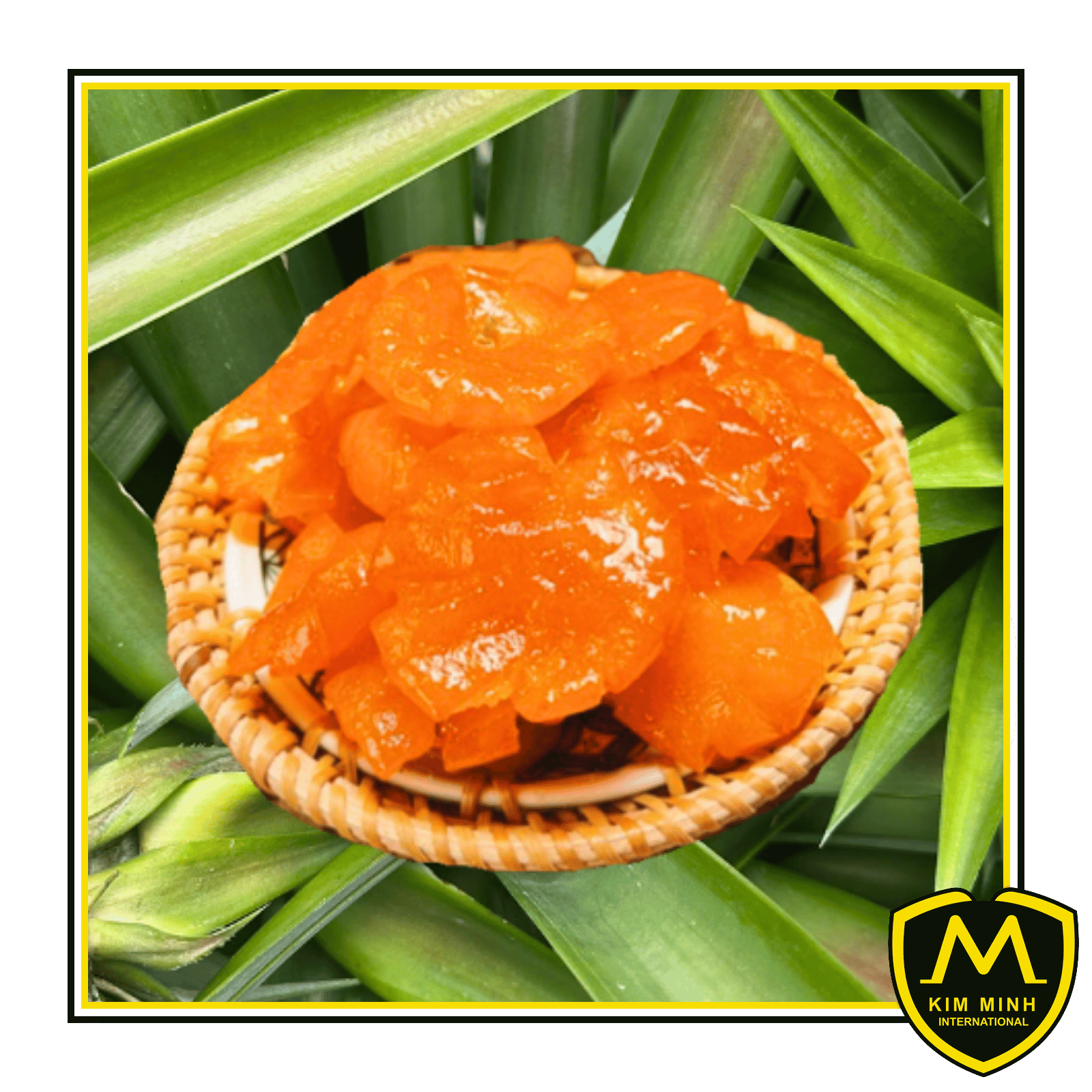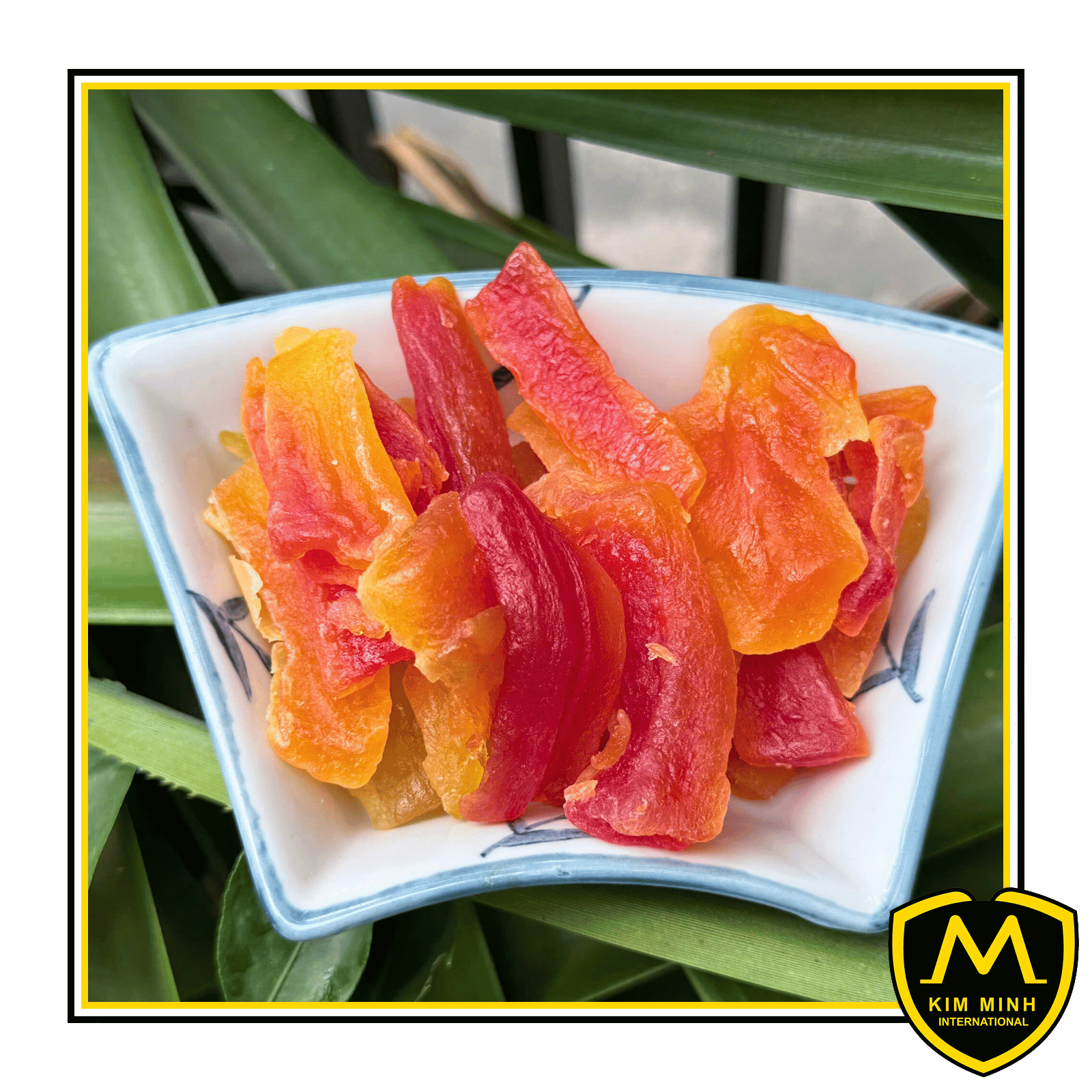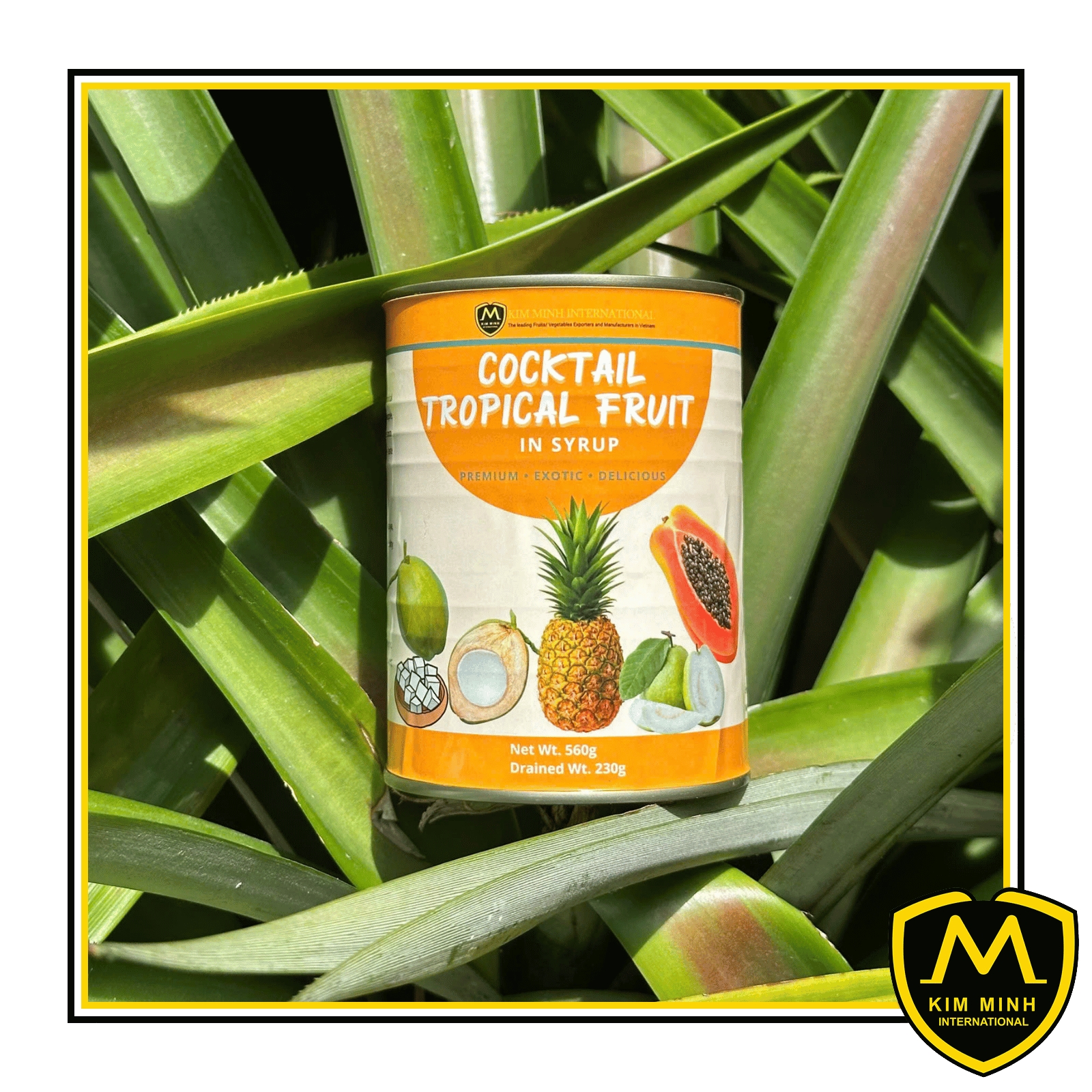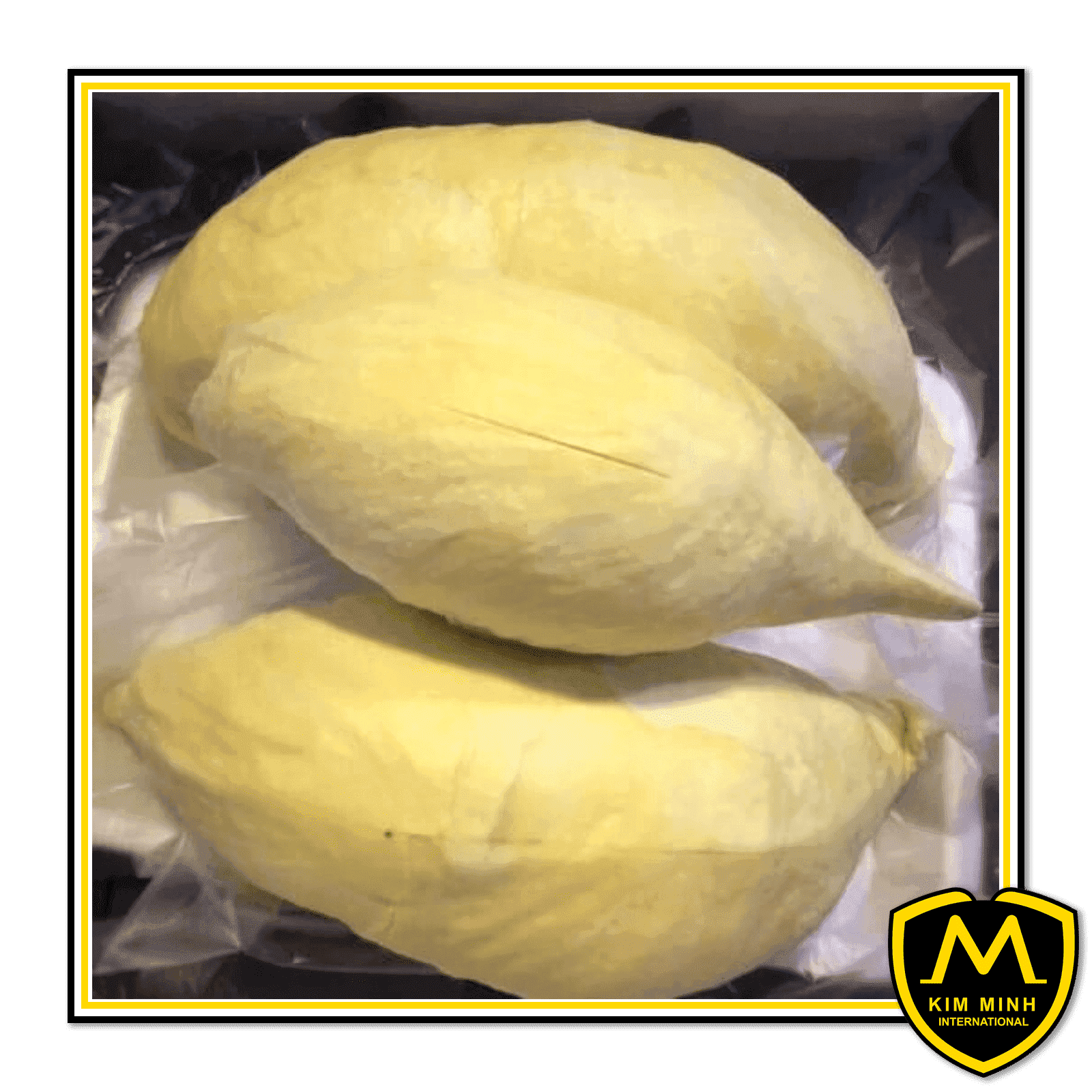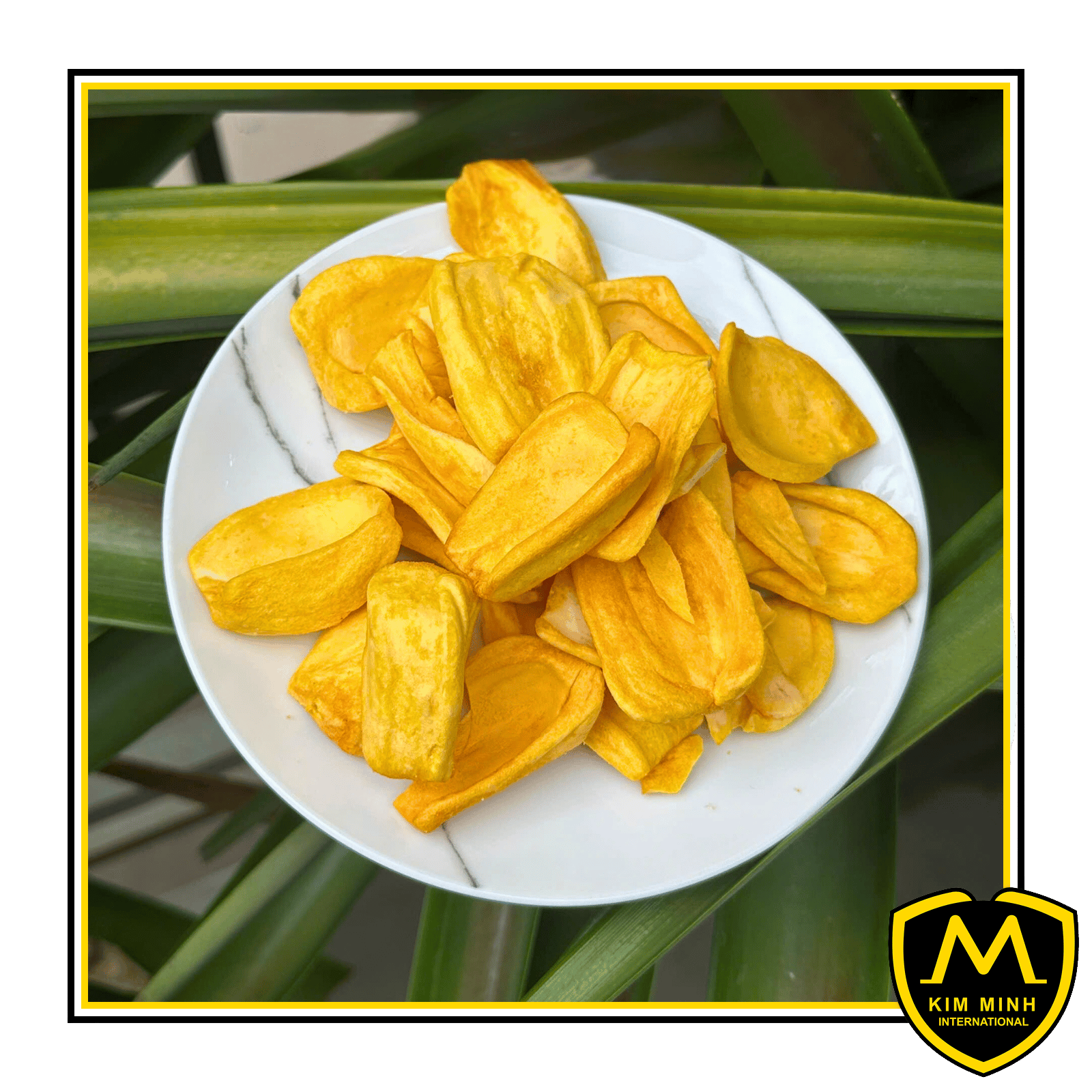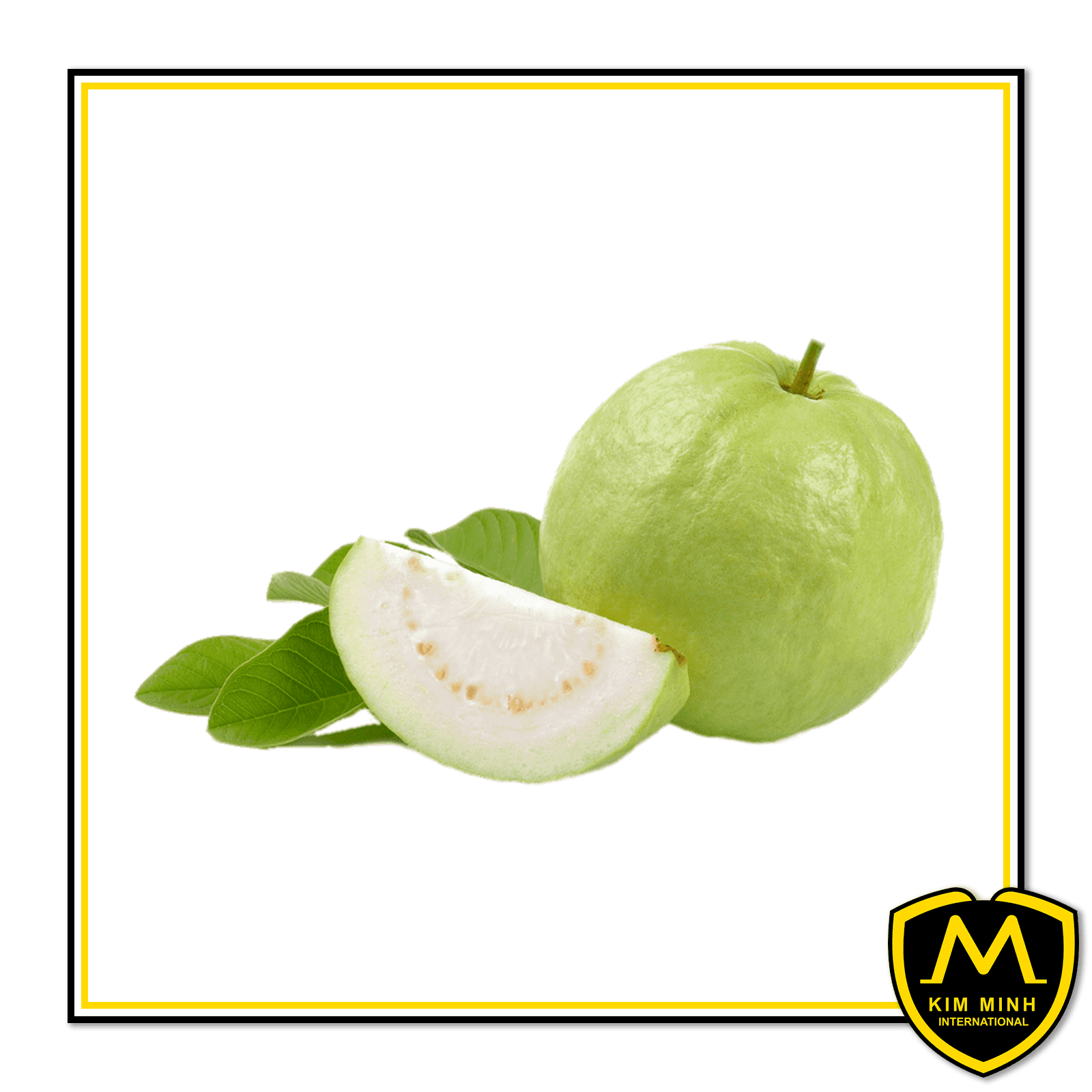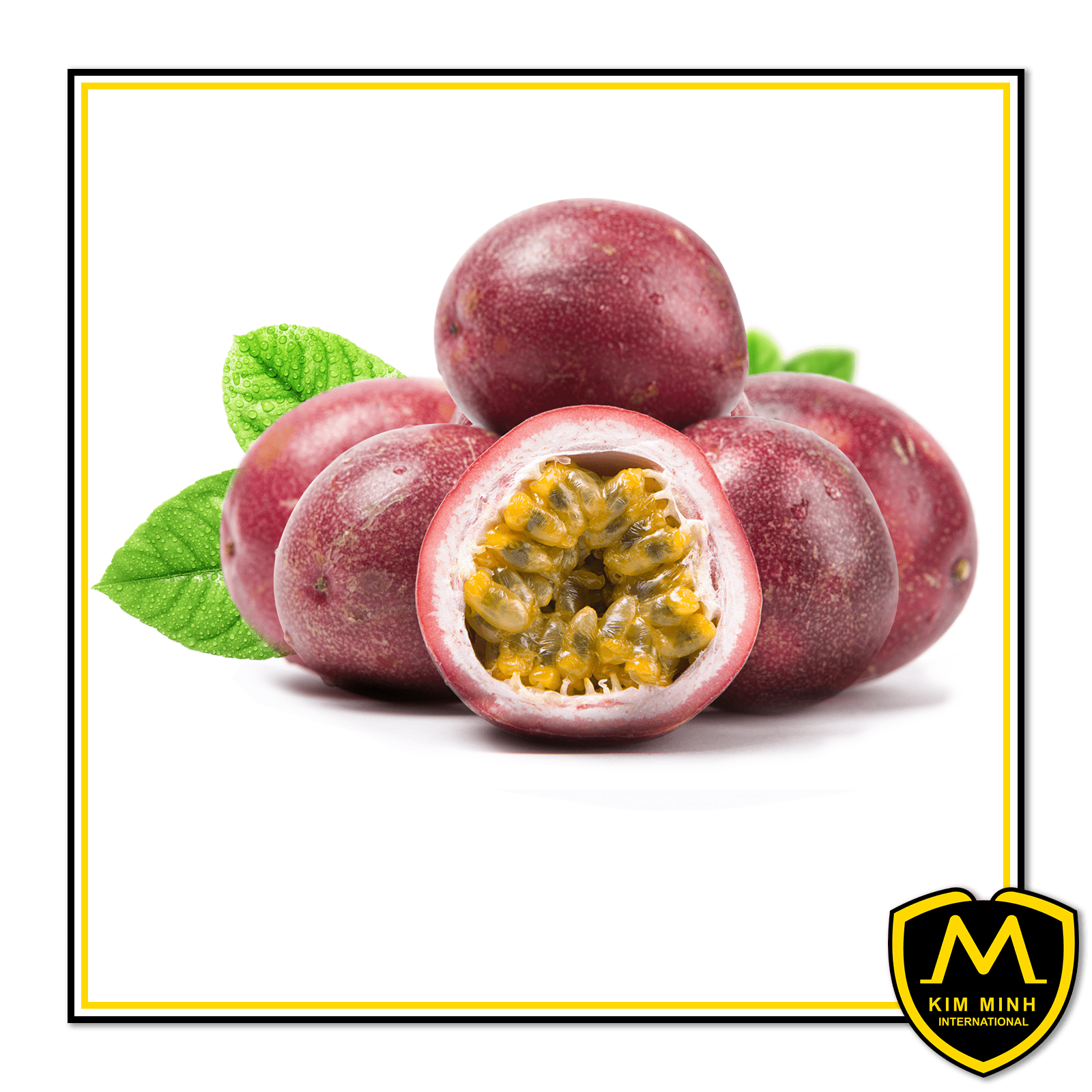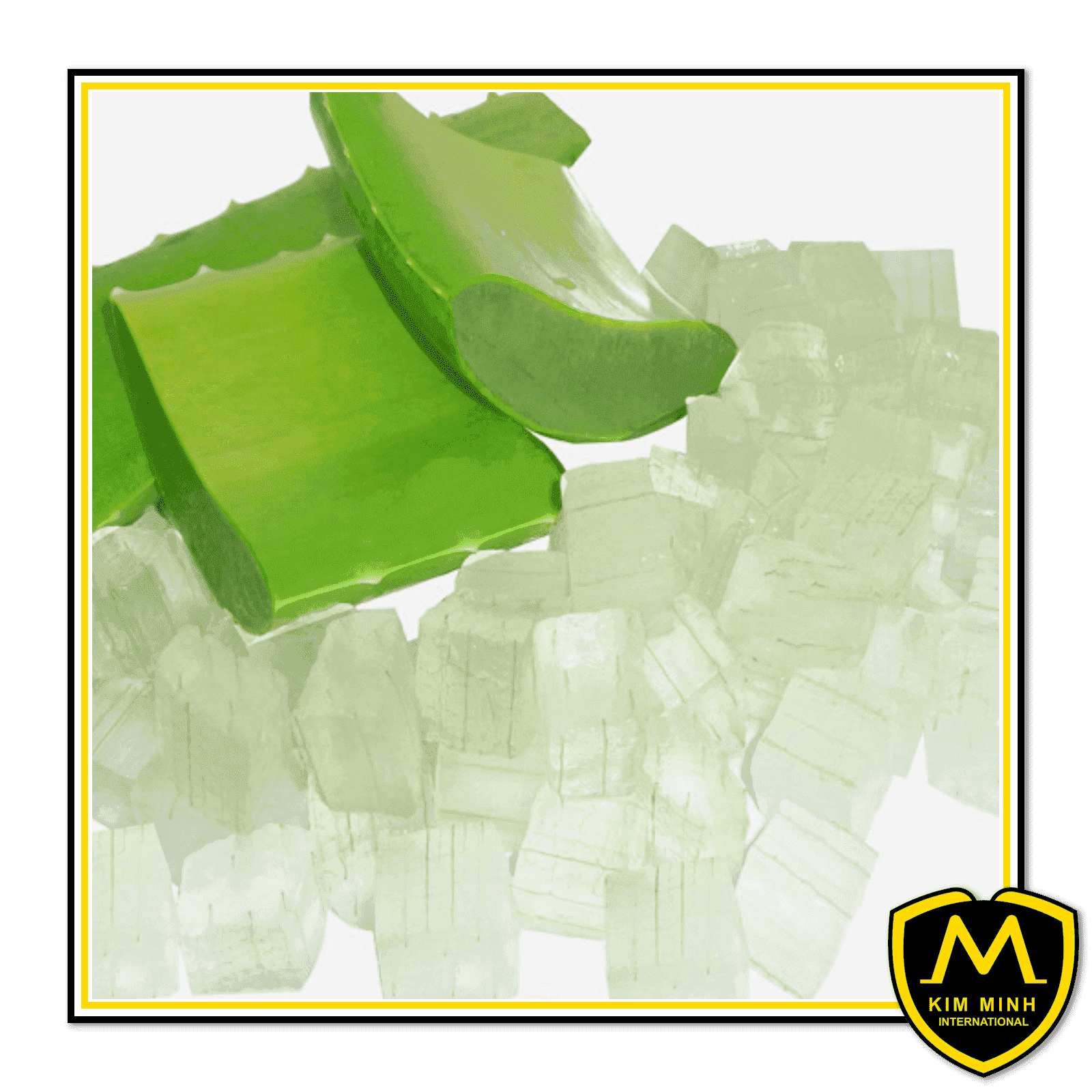Nguyễn Mỹ Hà
Farmers who shed their sweat and tears in the rice paddies and hardworking urbanites alike had to mix rice with either dried manioc, corn or sweet potatoes in the early 1980s, a period of post-war hardship younger generations cannot fathom.
It was a time when the rice harvest was not enough for domestic consumption, let alone exports. Rice was consumed with utmost care and was an edible gemstone. “Those of you who have the privilege to hold a full bowl of white rice in your hand, every fragrant seed bears in it countless amounts of hard work, sweat and tears!” goes a Vietnamese saying every child should learn.
Now, Việt Nam is the world’s second biggest rice exporter behind Thailand and few families lack rice, but that doesn’t mean we shouldn’t cherish the precious white rice grain.
Children that grew up in the 1980s will remember that leftover steamed rice was always cooked to make breakfast. Steamed rice was for main meals, and leftover rice, which hardens overnight, can be fried in a hot pan for 15-20 minutes to make a delicious, filling meal.
I recently tasted sweet memory when I travelled to Nha Trang for a summer vacation. While fried rice is now sold up and down the country as a proper dish instead of a subsitutue, in Nha Trang it’s a delicacy.
Fried rice in restaurants if often too oily, but in Nha Trang if you avoid fried rice, you’ll have no rice at all.
Seafood fried rice is a simple, but tasty dish. — Photo courtesy of healthplus.vn
In the city in Khánh Hoa Province, the dish is most popular with salt and chilli, garlic and egg or as seafood fried rice. The fried rice with sautéed slices of garlic and salt and pepper was the closest to my childhood memories.
That was exactly the breakfast we used to have every day before school for more years than I can remember. But the smell, the flavour and taste were so alike that I thought a fragment of my memory had hibernated had awoken.
On cold winter days, when school was off, I would go to a friend’s house and we would make fried rice together. Looking back, it didn’t matter that we didn’t have much to put in our rice, but we spent time together and did our best, just like how kids today might make cookies or pizza together. The ingredients and the meal might be different, but the friendship stays the same.
If the garlic fried rice brought me back to childhood, then the salt and chili fried rice brought back the fire and craziness of my youth. With only salt and the spiciness of green chilli, this modest dish is a spicy delight.
The salt they used in Nha Trang was also different. Not the super white grains sold in clean containers on supermarket shelves, nor the cheap sea salt sold at the market. This flour-like cooked salt tasted not as strong as other salts.
Third was the egg-fried rice and it also had garlic, but the egg flavour prevailed. It was delicious, good for children with picky tastes.
The highlight of fried rice in Nha Trang was of course the seafood version. The bountiful daily supply of fish brings a fresh feel to the rice. Mixed with squid, shrimps and clams, the seafood rice tasted like Spanish paella to me.
Paella features rice cooked with seafood in a pan, but the rice is not fully steamed to its softness, but is still hard. We jokingly said it was uncooked, because the grains were not soaked in enough water to be fully cooked. The rice in seafood fried rice is cooked twice, first steamed to be softly cooked and then fried to harden the grains and soak up the seasoning and seafood juices.
Fried rice as we first knew it was a dish for hard times, something we wouldn’t have chosen if we could afford white rice every day. It turned into a delicacy on its own, but we didn’t know it, always thinking life could be much better if we had more money.
Life was joyful then, even with a tightened belt. The saying when life gives you a lemon, make lemonade works for that time. But let me tell you something, instead of making a drink, if you dab a few drops of lemon juice on a dish of fried rice, it’ll taste much better. — VNS

